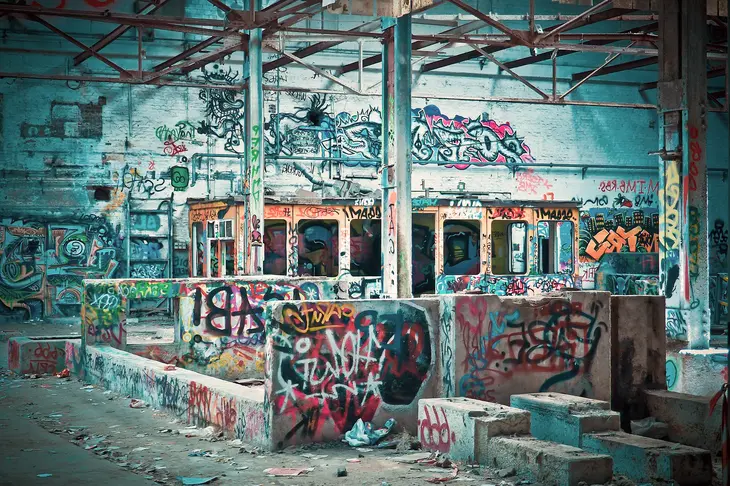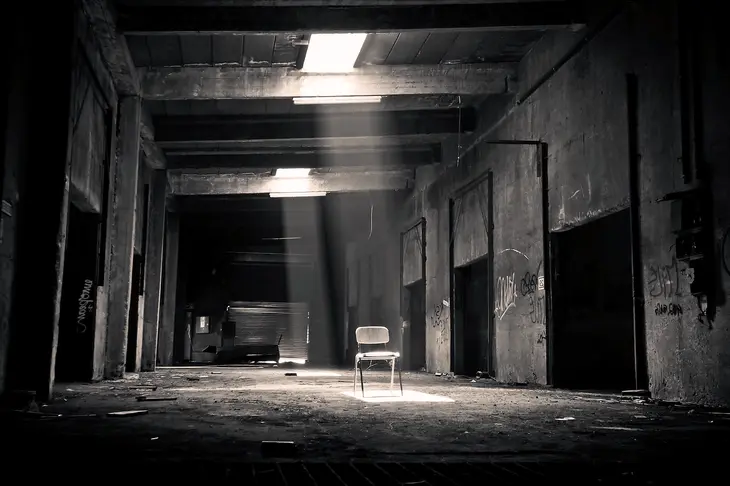
Step 10: Construction and Infrastructure
- Admin
In Step 10 of our guide to building your factory, we delve into the critical phase of construction and infrastructure development. This phase marks the physical realization of your factory project, where architectural plans transform into concrete structures and operational facilities. Let's explore the importance of this step and key considerations for ensuring a successful construction process.
The Importance of Construction and Infrastructure:
Construction and infrastructure development are foundational to the success of your factory project. This phase involves building the physical facilities and installing the necessary infrastructure to support your manufacturing operations. The quality, efficiency, and functionality of your factory's infrastructure will directly impact production capabilities, worker safety, and operational costs. Therefore, meticulous planning and execution are essential to ensure that your factory is built to the highest standards and meets your operational needs.
Key Considerations for Construction and Infrastructure Development:
Architectural Design and Layout: Work closely with architects and engineers to finalize the design and layout of your factory facilities. Consider factors such as production flow, space utilization, safety regulations, and future expansion needs.
Permitting and Regulatory Compliance: Ensure compliance with local building codes, zoning regulations, environmental permits, and other legal requirements. Obtain necessary permits and approvals before commencing construction to avoid delays and legal issues.
Site Preparation and Groundwork: Prepare the construction site by clearing vegetation, grading the land, and installing necessary utilities such as water, electricity, and sewage systems. Proper site preparation is essential for laying the groundwork for construction activities.
Construction Management and Oversight: Hire experienced contractors and construction managers to oversee the construction process and ensure quality, safety, and adherence to timelines. Establish clear communication channels and regular progress updates to monitor construction activities effectively.
Materials Selection and Procurement: Select high-quality materials and equipment for construction to ensure durability, efficiency, and compliance with regulatory standards. Procure materials from reputable suppliers and monitor delivery schedules to avoid delays.
Safety Protocols and Risk Mitigation: Implement stringent safety protocols and risk mitigation measures to protect workers, prevent accidents, and minimize disruptions during construction. Conduct regular safety inspections and provide adequate training to construction personnel.
Budget Management and Cost Control: Monitor construction costs closely and implement measures to control expenses and avoid cost overruns. Establish contingency plans and buffers for unexpected expenses or delays that may arise during the construction process.
Timeline and Milestone Tracking: Develop a detailed construction timeline with clear milestones and deadlines for each phase of the project. Track progress regularly and adjust schedules as needed to ensure timely completion of construction activities.
Conclusion:
Construction and infrastructure development are pivotal stages in the journey of building your factory. By prioritizing quality, safety, and efficiency during the construction process, you can lay a solid foundation for your manufacturing operations and set the stage for future growth and success. Stay tuned for the next step in our guide to building your factory!
